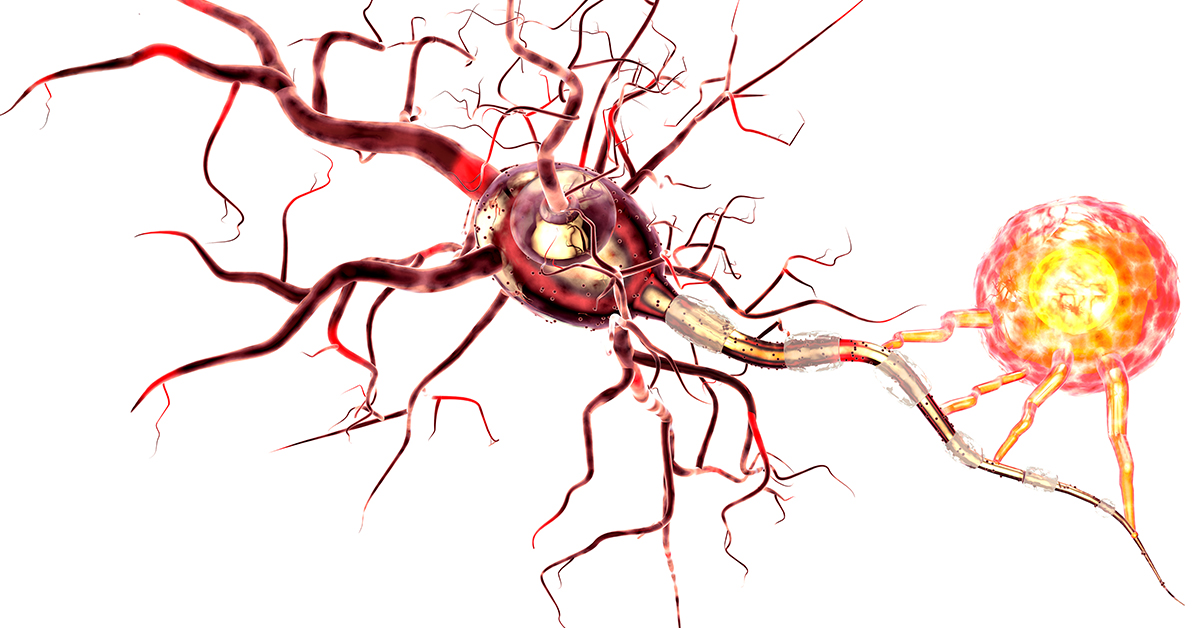
What is Digital Nerve Repair?
Digital nerve repair is a procedure used to help treat damaged or severed nerves. It may also treat some impaired sensation and function in the hand. This is accomplished by reconnecting the ends of severed nerves. While this procedure does allow for the nerve to heal, which can reduce the possibility of painful growths or scarring like neuromas, it's important to note that digital nerve repair may not fully restore sensation and muscle function in the hand.
Who needs Digital Nerve Repair?
Injury or trauma to the hand can sever the digital nerves. Digital nerves are the nerves in the fingers, or digits. The outer covering of these thin nerves is called the nerve sheath, or epineureum. The nerve sheath serves to surround and protect the nerve fibers, or fascicles. The nerve fibers carry the signals between the fingers and the brain. These signals may be to inform the brain of sensations like texture, pain, or other sensations. When one of these nerves is severed from trauma, it can halt the transmission of the signals. This procedure is performed to reconnect the nerve sheath with the so that the nerve fibers will grow back together.
What are the steps in Digital Nerve Repair?
Preparing for the Procedure
Once the patient has been given anesthesia, the surgeon examines the ends of the severed nerve to determine the best course of action.
Repairing with Sutures
The damaged ends of the nerves are trimmed in order to reveal the healthy, undamaged tissue. The surgeon then sews the healthy ends of the nerve sheath together with fine sutures if they are able to be sewn together without creating tension. If the damaged nerve is one with motor function as well as sensory, the surgeon may also group and sew together the nerve fibers.
Repairing with Nerve Conduit
If too much tension would be created through the use of sutures alone, the surgeon may use a material called a nerve conduit. The conduit may be a graft of the patient's own vein, or it may be tube made from silicone or another material. The conduit is placed in the space between the nerve sheath ends, which the surgeon then attaches to the conduit with fine sutures. The conduit acts as an extension of the nerve sheath, guiding the nerve fiber ends together so that they may rejoin.
Repairing with Nerve Graft
If larger nerves, like the ulnar or radial nerves, have been severed and a gap is created, the surgeon may need to close the gap through the use of a nerve graft. Often, this graft is harvested from an area in the patient's body where it is not as critical as it would be in the patient's hand. Typically, the graft is a section of larger sensory nerves from back of the leg, and it is formed into what is called a cable graft.
The surgeon then connects the corresponding ends of the severed nerve fibers in the hand and the ends of the nerve fibers in the cable graft. The ends are then sewn together with fine sutures.
Ending the Procedure
The surgeon closes the skin, bandages and places the finger into a splint.
After Surgery
Healing time from this procedure varies depending on the patient's age, general health, and the severity of the condition. Some patients may experience nerve regrowth at a rate of an inch a month. Some patients experience hypersensitivity or prickling sensations during the healing process. Your doctor will recommend hand therapy to help retrain the nerves in your hand and reduce hypersensitivity.

